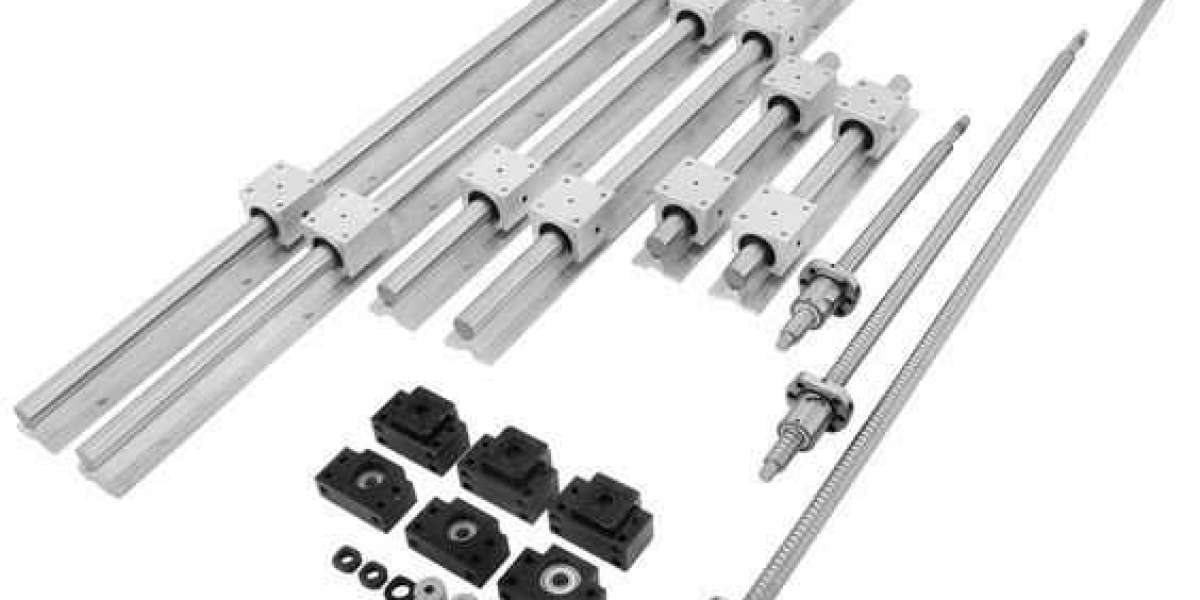What Are Linear Rail Bearings?
Linear rail bearings, also known as linear guide bearings, are mechanical systems designed to move loads in a straight line with minimal resistance. They consist of two main components:
Linear rail (guide rail): A rigid, straight rail that serves as the pathway for movement.
Bearing block (slider): A block that houses rolling elements such as balls or rollers, allowing smooth movement along the rail.
The combination of these parts creates a stable and precise system capable of handling both heavy loads and high speeds.
Advantages of Linear Rail Bearings
The popularity of linear rail bearings in industrial applications is due to their significant advantages:
High Precision: With rolling elements minimizing friction, the movement is extremely smooth and consistent.
Load Capacity: Capable of supporting heavy loads while maintaining accuracy.
Durability: High-quality materials and designs extend the service life even under demanding conditions.
Rigidity and Stability: They prevent unwanted deviations, ensuring reliable performance in high-accuracy environments.
Compared with traditional sliding bearings, linear rail bearings drastically reduce wear and energy consumption, making them ideal for long-term, high-performance use.
Applications Across Industries
Linear rail bearings have found applications in a wide range of industries:
CNC Machines: They ensure accurate tool positioning for cutting, milling, and drilling.
3D Printers: Smooth linear motion helps in achieving fine resolution and consistent printing quality.
Robotics: They provide stability and precision for robotic arms and automation equipment.
Medical Equipment: Devices like imaging systems and surgical robots rely on their reliability.
Semiconductor Manufacturing: High precision and repeatability are critical in this sector.
Choosing the Right Linear Rail Bearings
When selecting linear rail bearings for your application, several factors must be considered:
Load capacity and direction of force
Required precision levels
Environmental conditions (dust, temperature, vibration)
Material and coating options for durability
Ease of maintenance and replacement
For applications requiring ultra-high precision, ball-type linear bearings are preferred. In contrast, roller-type linear bearings are suitable for handling heavier loads with higher rigidity.
The Future of Linear Rail Bearings
With the rise of smart factories and automation, linear rail bearings are evolving to meet new challenges. Enhanced designs focus on higher efficiency, longer lifespans, and lower maintenance needs. As industries demand more precision, the role of linear rail bearings will continue to expand.
Conclusion
Linear rail bearings are indispensable in achieving smooth, accurate, and efficient linear motion across industries. Their precision and versatility make them the preferred choice for engineers and designers looking to optimize machine performance. As manufacturing technologies advance, the demand for high-quality linear rail bearings will only continue to grow.








